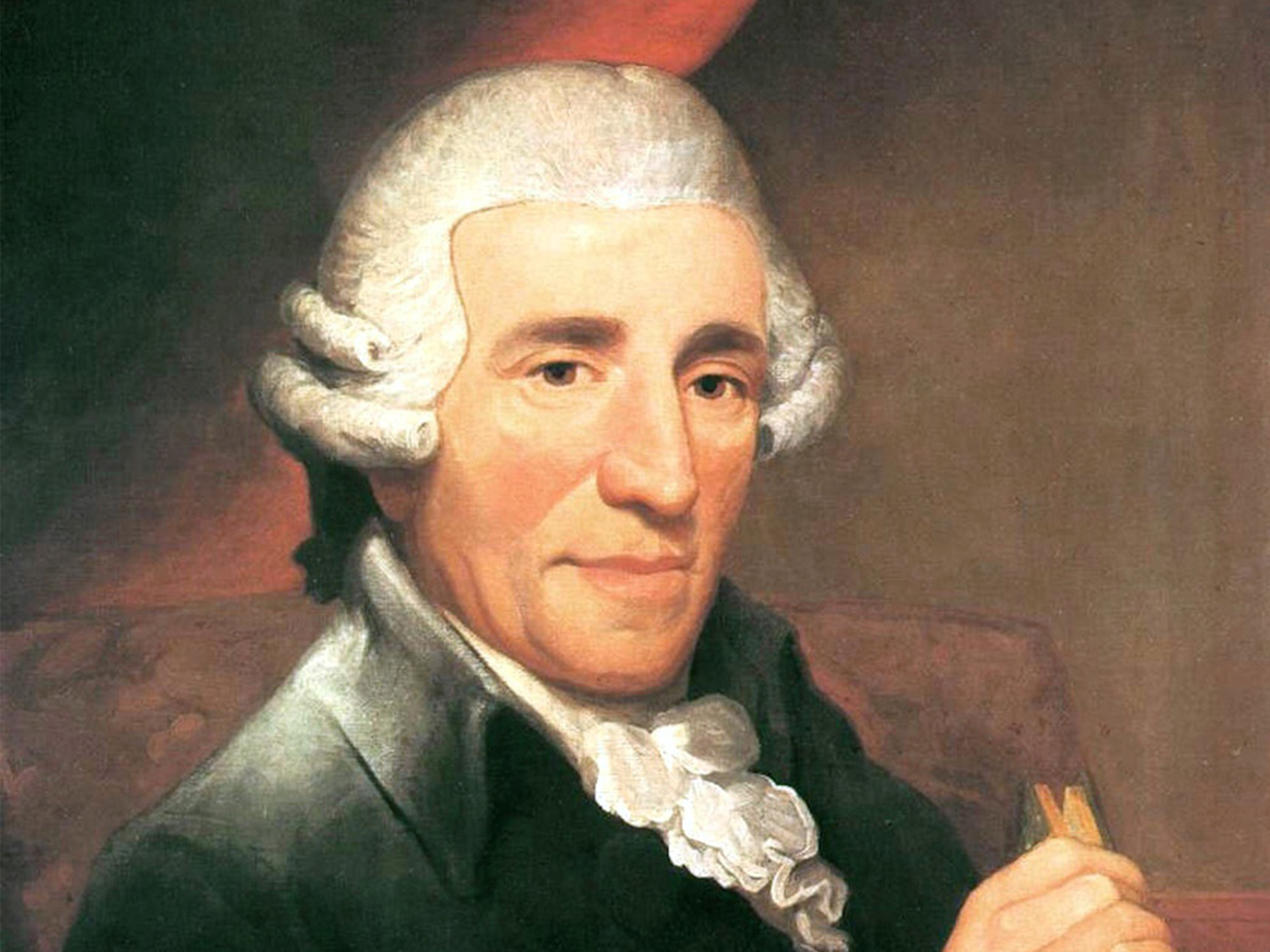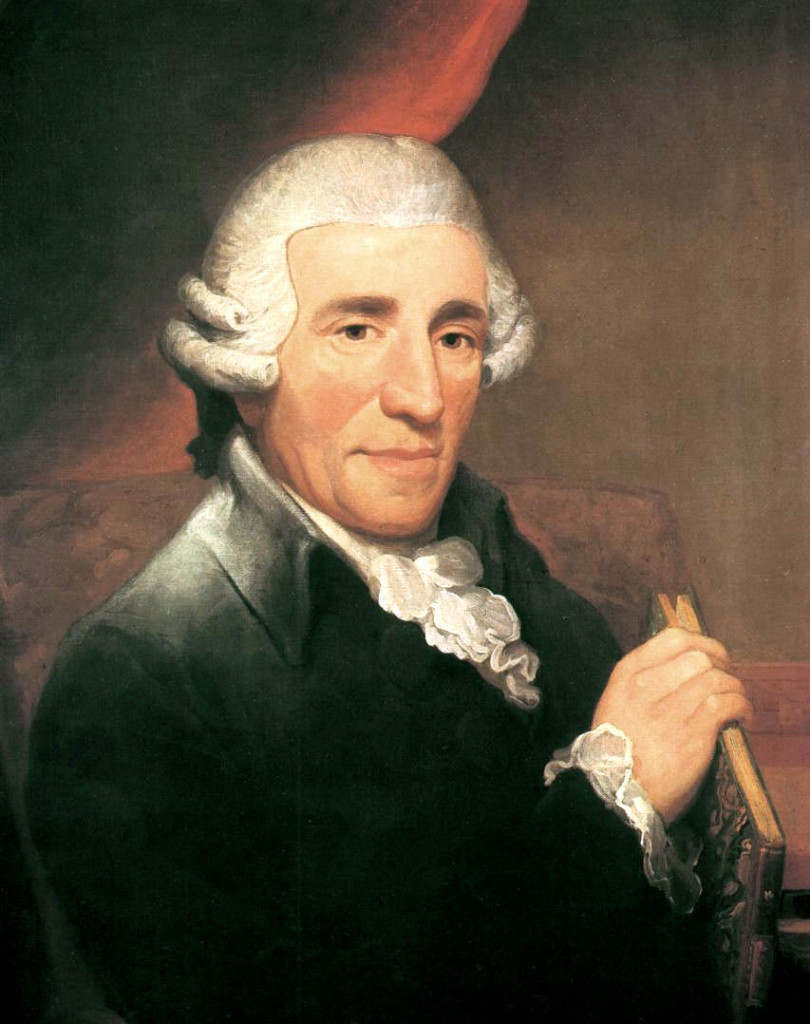Joseph Haydn, often hailed as the “Father of the Symphony” and “Father of the String Quartet,” made a profound impact on the Classical era. His innovative compositions laid the foundation for the development of classical music, influencing future generations. Here, we explore ten of his most celebrated works, showcasing the breadth of his genius.
1. Symphony No. 104 in D Major, “London” (1795)
Haydn’s final symphony, often considered the pinnacle of his symphonic output, encapsulates his mature style. Written during his second visit to London, it features bold themes, intricate counterpoint, and dynamic contrasts. The opening movement’s slow introduction and lively Allegro set the stage for a work filled with vigor and finesse. The final movement, with its folk-like rondo theme, brings the symphony to a spirited conclusion.
2. Symphony No. 94 in G Major, “Surprise” (1791)
The “Surprise” Symphony is renowned for its sudden fortissimo chord in the otherwise gentle second movement. This unexpected moment, designed to catch the audience off guard, demonstrates Haydn’s wit and his ability to engage listeners. The symphony balances humor with sophistication, blending graceful melodies with robust orchestral writing.
3. Symphony No. 88 in G Major (1787)
Symphony No. 88 stands out for its clarity and elegance. The first movement combines grace and vigor, while the second movement’s lyrical theme and variations display Haydn’s skill in melodic development. The Minuet and Trio offer a rustic charm, and the finale is a brilliant Presto that showcases Haydn’s mastery of form and invention.
4. String Quartet in C Major, Op. 76, No. 3, “Emperor” (1797)
The “Emperor” Quartet, named after the second movement’s theme, which later became the German national anthem, is one of Haydn’s most revered quartets. This theme and variations movement is notable for its serene and noble melody. The quartet exemplifies Haydn’s refined chamber music style, with each movement highlighting his structural ingenuity and expressive range.
5. The Creation (Die Schöpfung) (1798)
This oratorio, depicting the creation of the world, is one of Haydn’s grandest and most ambitious works. Drawing inspiration from Handel’s oratorios, Haydn combines dramatic choral writing with vivid orchestration. The opening depiction of chaos, the majestic “Let there be light” moment, and the detailed portrayal of animals and nature demonstrate his ability to paint scenes with music.
6. Cello Concerto No. 1 in C Major, Hob. VIIb/1 (1765)
Lost for many years and rediscovered in 1961, the C Major Cello Concerto is now celebrated for its brilliant writing for the soloist and its vibrant orchestration. The concerto’s first movement is marked by a buoyant spirit, the second by a lyrical elegance, and the finale by a lively and playful character, making it a staple of the cello repertoire.
7. Piano Sonata in E-flat Major, Hob. XVI:52 (1794)
Among Haydn’s later piano sonatas, the E-flat Major Sonata stands out for its complexity and expressiveness. The sonata’s three movements explore a range of emotions and technical challenges. The first movement is characterized by its grand and intricate development, the second by its poignant and introspective character, and the third by its vibrant and playful energy.
8. Trumpet Concerto in E-flat Major, Hob. VIIe/1 (1796)
Composed for the newly invented keyed trumpet, this concerto is celebrated for its innovative use of the instrument’s extended range. The first movement’s lively and assertive character, the second movement’s lyrical and expressive quality, and the final movement’s exuberant Rondo highlight Haydn’s ability to adapt his style to new musical possibilities.
9. Missa in Angustiis (Nelson Mass), Hob. XXII:11 (1798)
Known as the “Nelson Mass,” this work is one of Haydn’s most powerful and dramatic masses. Composed during a time of political turmoil, it blends solemnity with exuberance. The Kyrie and Gloria are notable for their intensity, while the Agnus Dei and Dona nobis pacem provide a poignant conclusion, reflecting Haydn’s profound religious expression.
10. Symphony No. 45 in F-sharp Minor, “Farewell” (1772)
The “Farewell” Symphony is famous for its unique ending, where musicians gradually leave the stage, leaving only two violinists to play the final bars. This theatrical gesture, meant to convey a request for Haydn’s patron to allow the musicians to return home, adds a dramatic and humorous touch to a work already rich in emotional depth and inventive orchestration.
Conclusion
Joseph Haydn’s compositions span a remarkable range, from symphonies and string quartets to concertos and vocal works. His innovative approach to form, melody, and orchestration laid the groundwork for Classical music and influenced his contemporaries and successors, including Mozart and Beethoven. Haydn’s music continues to captivate audiences with its blend of wit, elegance, and emotional depth, ensuring his legacy as a central figure in the history of Western art music.


Comments are closed